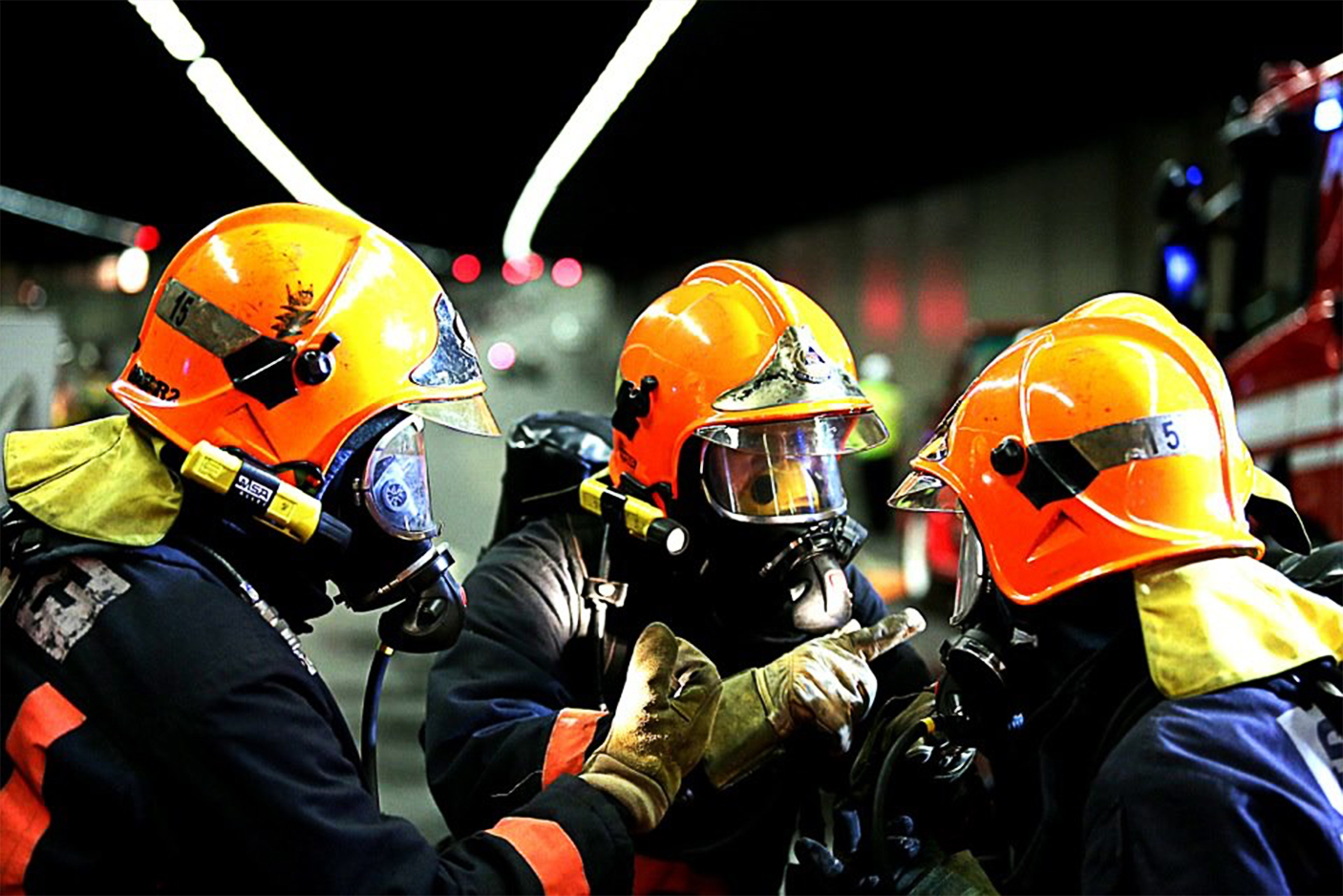-
995
Fire Engine / Ambulance
-
1777
Non-Emergency Ambulance
-
Fire Hazard Reporting
1800 280 0000
-
General Enquiries
1800 286 5555
-
Fire Hazard Reporting
-
General Enquiries
Information of P&FM Pipeline Licence
Introduction
Under the Fire Safety (Petroleum and Flammable Materials) Regulations, conveyance of Petroleum and Flammable Materials (P&FM) in pipelines is under the SCDF licensing control. Anyone who intends to convey P&FM (including scheduled chemical) in pipeline running outside premises boundaries is required to obtain a licence from SCDF. P&FM can pose fire risks and endanger life and property in the event of fire. Thus, there is a need for the licensing control and also to increase the safety measures put in place for the movement and distribution of P&FM in Singapore.
Submission Requirements For Petroleum & Flammable Materials Pipeline Licence
Any person who wishes to convey P&FM in pipelines running outside premises boundaries is required to obtain a pipeline licence from SCDF.
- Required Documents for New Pipeline Submission
- One copy of the Quantitative Risk Assessment;
- One copy of the Approved Plan indicating the location of the pipeline and the isolation valves;
- A copy of the Fire Safety Certificate;
- A copy of the Manufacturer's Reports;
- A copy of the Hydrostatic Test Report or other equivalent test report to be endorsed by Professional Engineer (Mechanical);
- A copy of the Radiographic Test Report or other equivalent test report to be endorsed by Professional Engineer (Mechanical);
- A copy of the Pipeline Emergency Response Plan Acknowledgement Letter (PERP);
- A copy of the Risk Category Letter1;
- Consultation with HazMat Department with regards to the Fire Safety (P&FM) Regulations 29C and 29D;
- As-built drawings of the pipeline that fulfills the Standard and Specifications for Utility Survey in Singapore requirements certified by a Registered Surveyor with a valid practicing certificate (submission format: .dxf, .shp, .dwg & .dgn)
1 Risk Category Letter: An official company letter indicating the risk category of the product running through the pipeline based on SS512.
- Required Documents for Renewal Pipeline Submission
- A copy of Thickness Test Report or other equivalent test report to be endorsed by Professional Engineer (Mechanical) based on the risk category declared;
- A copy of the Pipeline Emergency Response Plan Acknowledgement Letter (PERP);
- Required Documents for Termination of Pipeline Submission
- A letter to declare the decommission of pipeline is safe and is purged and certified clean;
Licence Validity Period
A licence validity period of 1 year is given.
Risk Category
- High Risk- For P&FM products with flash point less than 23°C (Flash Point< 74°F)
- Medium Risk- For P&FM products with flash point between 23°C - 60°C (74°F to 140°F)
- Low Risk- For P&FM products with flash point above 60°C but not more than 93°C (140°F to 199°F)
| Risk Category | Thickness Measurements | Visual External |
|---|---|---|
| High | 1 Year | Monthly |
| Medium | 5 Years | 1 Year |
| Low | 10 Years | - |
For more information on Pipeline matters, you may contact the following:
| Contact Person | Telephone | |
|---|---|---|
| Mr Kelvin Wong | 6848 1484 | SCDF_FMP@scdf.gov.sg |
| Ms Richall Loh | 6848 1735 | SCDF_FMP@scdf.gov.sg |
 ) or https:// as an added precaution. Share sensitive
information only on official, secure websites.
) or https:// as an added precaution. Share sensitive
information only on official, secure websites.

